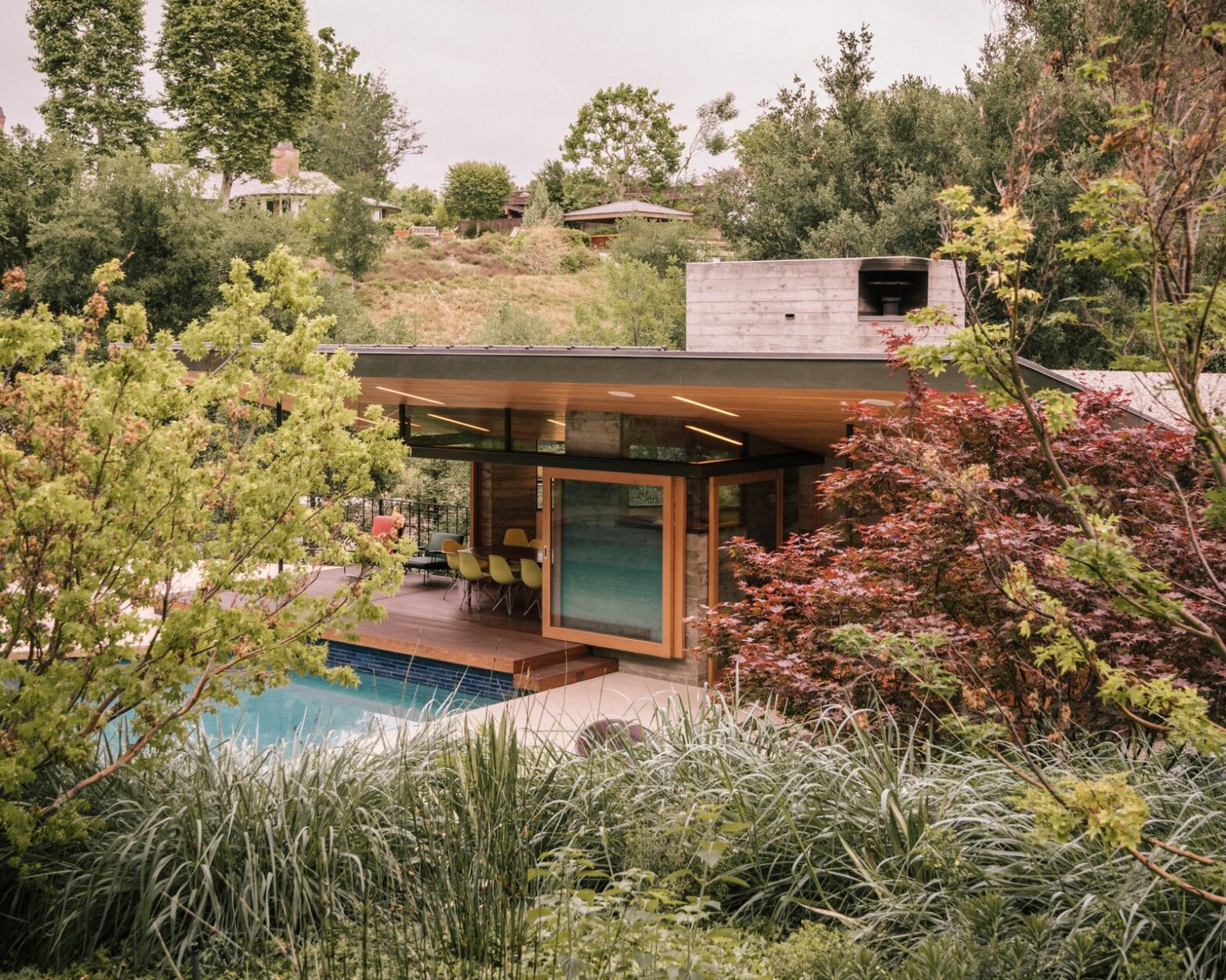“We want to experience the environment in different ways,” says architect Alice Fung of her firm Fung + Blatt’s outside-in design approach. This was the case with her and her partner Michael Blatt's slow but steady development of a hillside property in San Marino, where a constellation of pavilions now dominates the landscape.
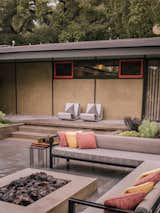
In San Marino, Fung + Blatt Architects modernized an estate with a midcentury home originally designed by Calvin Straub. In addition to renovating the main house pictured here, the designers added a series of pavilions to the landscape.
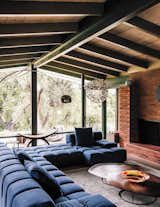
While the property was sold as a teardown to Mary Blodgett and Carlton Calvin, the couple realized its potential. “It was falling apart, but it was beautiful,” Mary remembers. “I’m a conservationist when I can be.” In the living room of the main house, a sofa by Patricia Urquiola surrounds a coffee table by Nathan Young, at the end of which is a floor lamp by Achille Castiglioni.
On a rocky outcropping in the center stands the original 1954 house, designed by Calvin Straub in a Japanese-influenced midcentury style. Over a five-year period, the architects remodeled the main house, adding a ceramics studio, library, guest house and pool house to suit the owners' artistic inclinations and love of entertaining.
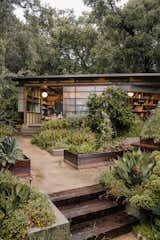
The ceramics studio was built using the posts and beams of an abandoned pergola from the old property.
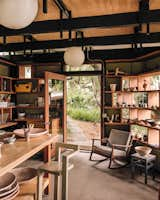
The ceramics studio's enclosure consists of a roof that extends above the original rafters and glazing mounted directly on shelves suspended between the original columns.
Inspired by the strict geometry and post-and-beam construction of the original house, but with a desire to evolve it into something more playful and open, the architects designed the pavilions one by one to dialogue with the site.
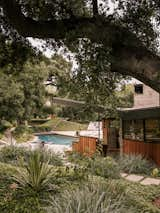
The approximately 1.5 hectare property is dotted with huge, ancient oak trees. “When people come here they are amazed,” says Mary. “It’s very peaceful – it feels like an oasis of peace and quiet in the middle of LA.”
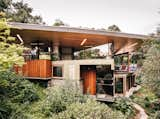
The pool house takes on many different attitudes to the landscape, with one end nestled in the treetops and the other jutting out over the water. “We think of it as a boathouse, a treehouse and a cave,” Fung says.
From the glass shelves that form the walls of the ceramics studio to the massive sliding doors that transform the pool house into an open-air pavilion suspended above the water, the architects have embraced the midcentury California spirit of indoor-outdoor living. “We always try to create a connection to the location so that the architecture is not just an object placed there,” says Fung. Blatt agrees: “The buildings are designed to become the landscape.”
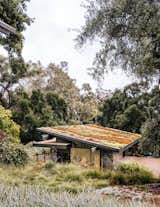
“The original house was more about looking at nature from a distance,” says architect Alice Fung of the 1954 building, which sits at the highest point on the site. “The new buildings are closely connected to the site and allow people to get outdoors at all levels.”
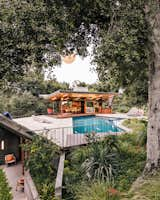
Fung and Blatt worked slowly on the project for five years. But it was a rhythm that Mary and Carlton appreciated as it allowed the design to emerge in close dialogue with the site. “Alice and Michael each designed a building,” says Mary. “They drew as quickly as we built.”
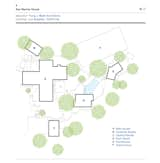
San Marino House floor plan by Fung + Blatt Architects
Interior designer: Fung + Blatt Architects
General Contractor: Westmont Construction
Civil engineer: Fung + Blatt Architects (conversion of the main house, library, guest house, ceramics studio); Polon + Lewis (Pool House)
